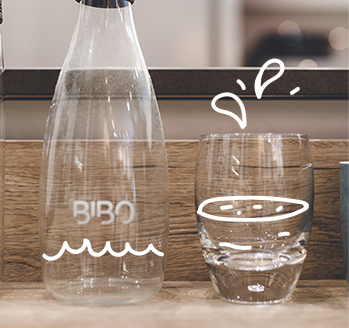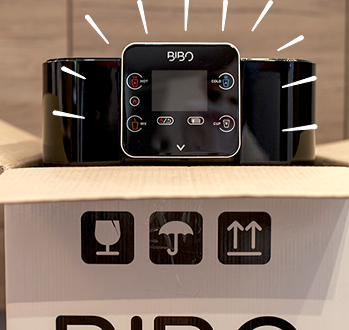Plastic Pollution – What are the Facts?
It’s time to talk about plastic pollution.
In September this year, the Guardian released a groundbreaking report on the extent of plastic pollution in rivers, groundwater, oceans and even in the air.
According to one study 8.3 billion tonnes of plastic has been produced since the 1950s and of the 300m tonnes produced each year, only 20% is recycled or incinerated. The rest ends up littering and polluting our environment. Even deep-sea creatures have now been found to have plastic fibres in their stomachs.
According to the Guardian report, 83% of samples of drinking water from around the world were found to contain small particles of plastic (microplastics), with the highest contamination rate in the US, followed by Lebanon and India. European nations including the UK, Germany and France had the lowest contamination rate, but this was still scarily high at 72%.
There has been more research done on human consumption of microplastics through eating seafood. In the UK, microplastics are found in a third of all fish caught in UK waters.
The reach of microplastics is potentially huge, with fibres being found in beer, honey, salt and sugar, as well as in the air.
You can read more on the facts at Plastic Oceans.
What is the health impact on humans?
More research urgently needs to be done on the effect of this contamination on human health.
According to Dr Anne Marie Mahon of Galway-Mayo Institute of Technology who has spearheaded research into the health impacts of consuming microplastics, there are two main concerns. Firstly, the microplastics themselves and secondly, and more worryingly, the chemicals that the microplastics harbour- if the microplastics are small enough to be in the nanoparticle range, they could penetrate a cell and could therefore infiltrate human organs, transporting harmful chemicals into our bodies. These chemicals, including plasticizer additives, cause endocrine disruption, reproductive effects, neurodevelopmental effects and cancer.
As for microplastics found in the air, according to Professor Frank Kelly from King’s College London, the potential impact on human health could be devastating. If we are breathing in these particles laced with chemicals, the chemicals could then cross into our circulation via our lungs.
So where do these fibres come from?
Microplastics are principally shed into the air and water systems by clothes, carpets, washing machines and tumble dryers, as well as beverage and other plastic litter, tyre dust and microbeads found in skincare products.
What can we do about it?
First off, we can stop buying plastic bottled water. This handy graphic from the brilliant Green Alliance UK, shows how the majority of plastic waste comes from beverages including water bottles.
We can use our consumer power to lead the shift away from plastics:
- Buy a reusable water bottle from the BIBO shop and fill it up with pure, filtered water from a BIBO machine.
- Stop using plastic straws in drinks.
- Use re-usable bags for shopping.
- Reduce the amount of plastic packaged food you buy.
- Buy natural fibre clothing to stop producing plastic from washing and drying clothes made from synthetic fabrics such as acrylic.
And recycle, recycle, recycle! Almost all plastic is now recyclable – become a recycling expert here! You can also push your local MP to encourage the government to introduce the proposed deposit on plastic bottles now! This has been happening in Germany for years where 98% of plastic bottles are returned and recycled compared to the UK’s 57%






